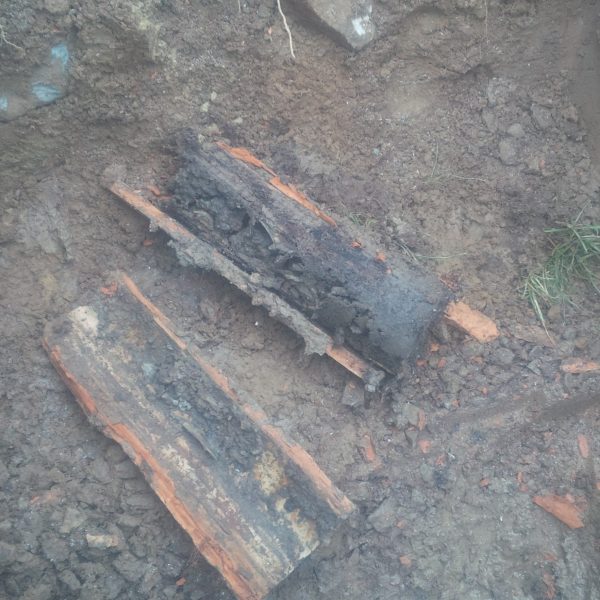The septic bed, also known as a septic drain field, leaching field, or leaching bed, works together with your septic tank to provide complete wastewater disposal. Typically, the septic bed is the most expensive part of the septic system to replace. Repair and restoration may be cost-effective, often providing many more years of service while involving less disruption than complete replacement.
Regular maintenance and pumping of the septic tank are essential to prolong the life of the leaching bed and prevent system failure. Broken septic tank baffles, tanks filled with solids, old age, excessive rainfall or snowmelt, blocked pipes, and overloading with water can all lead to drain field failure.
Examples of septic bed failure:
If you have not yet troubleshot your overall septic system, consider these links:
Step-by-Step Guide to Repairing a Septic Bed
Warning: Use appropriate personal protective equipment (PPE) and exercise caution, as raw sewage is present in the septic tank and leaching bed.
Step 1 – Locate the Septic Tank
How do I find the location of my septic tank?
Step 2 – Pump the Septic Tank
Pumping the septic tank allows you to gather additional information and temporarily relieves the hydraulic load on the leaching bed. While the tank is being pumped, observe the following:
- Check Inlet Flow: Observe if water flows easily into the tank as the level drops.
- Inspect the Effluent Filter: If clogged, clean it and monitor for recurring issues.
- Watch for Backflow from the Leaching Bed: Large volumes of backflow indicate the septic bed is likely saturated.

If large volumes of water flow back into the septic tank after the tank is pumped, the septic bed is likely saturated, this outlet baffle is missing – Ontario
Step 3 – Look for Pump Chambers or Treatment Units
Determine if your septic system includes advanced treatment or a pumping system. These systems are more complex and difficult to troubleshoot without specialized locating equipment and sewer cameras.
Step 4 – Locate Your Septic Leaching Bed
How do I find the location of my septic leaching bed?
Step 5 – Clean Your Septic Bed
Carefully remove the header or open the distribution box. Clean the individual distribution lines using high-pressure water jetting. If roots obstruct the lines, mechanical drain cleaning with a power snake may be required. Use a septic vacuum truck to remove excess effluent and any solids flushed from the distribution lines.
Step 6 – Reassemble and Backfill
After clearing blockages and cleaning distribution lines, reassemble the header or close the distribution box. Level the header properly to ensure even distribution of effluent. Bed the new header in clean gravel before backfilling. Place filter cloth over the gravel and shape the backfill to direct water away from the repaired area.
Step 7 – Other Repair Options
In some cases, the leaching bed may be flooded with groundwater or effluent. Flooded beds often indicate underlying soil issues, necessitating replacement. However, the following technologies may offer temporary relief:
- Soil Aeration Technology: Examples include Terralift and Earthbuster. Aeration reduces soil compaction by creating fissures. Specialized equipment and professional expertise are recommended for this method.
- Septic Tank Additives: Organic treatments or bacterial additives are marketed to promote sludge breakdown. Additives fall into three categories:
- Drain Cleaners: Avoid these, as they can kill beneficial bacteria and may corrode concrete tanks.
- Organic Solvents: Effective for breaking down fats, oils, and greases but harmful to bacteria and potentially contaminating to groundwater.
- Biological or Enzyme Additives: Scientific evidence supporting their efficacy is limited, and septic systems typically have adequate bacteria naturally.
Consideration: The U.S. Environmental Protection Agency (EPA) states that well-maintained septic systems do not require additives. Proper pumping and routine maintenance are sufficient.
Septic Tank Aerators
Aftermarket aerators like SepAerator and Sludgehammer introduce oxygen to increase bacterial activity and enhance nutrient treatment. While effective in dedicated tanks, aerators retrofitted into existing septic tanks often disrupt settling and separation, leading to more solids entering the leaching bed.
Consideration: Retrofitted aerators can harm the system by preventing proper settling. The Ontario Building Code does not recognize septic tank aerators.














